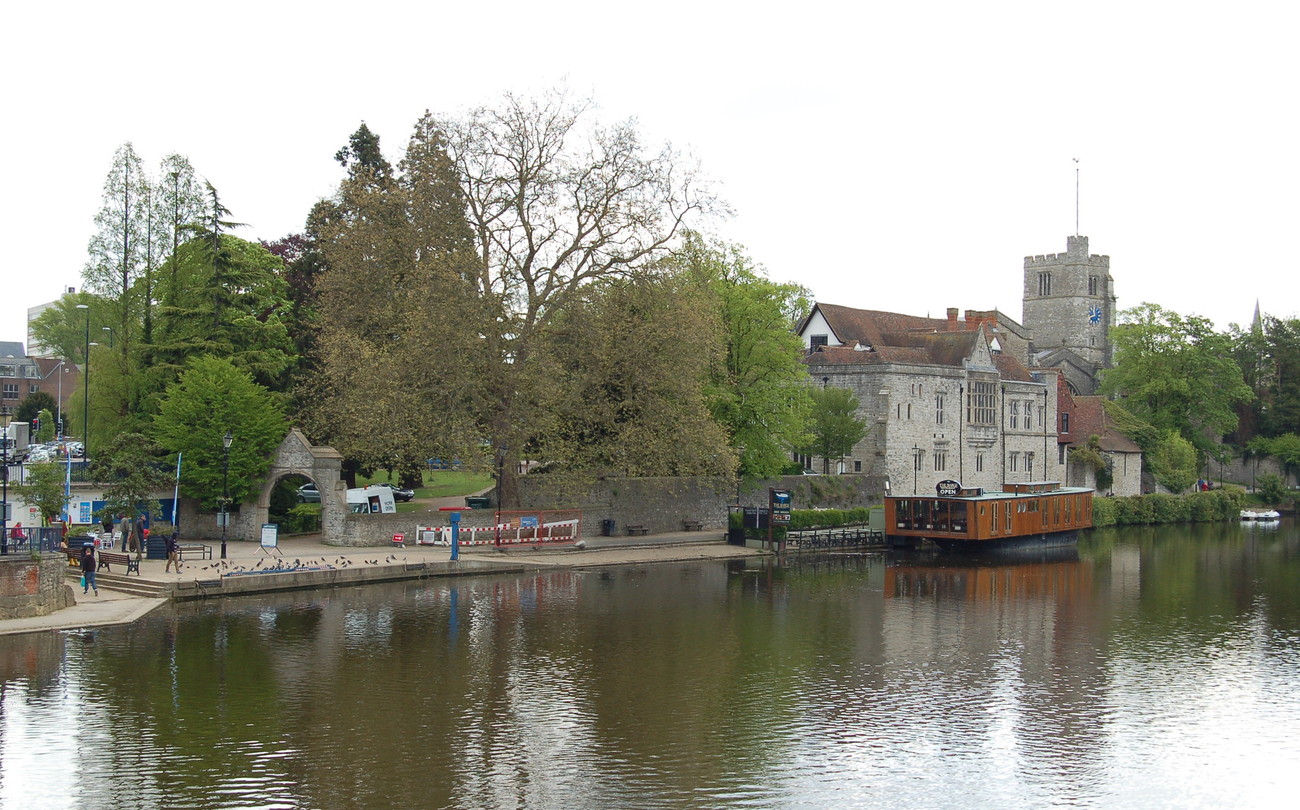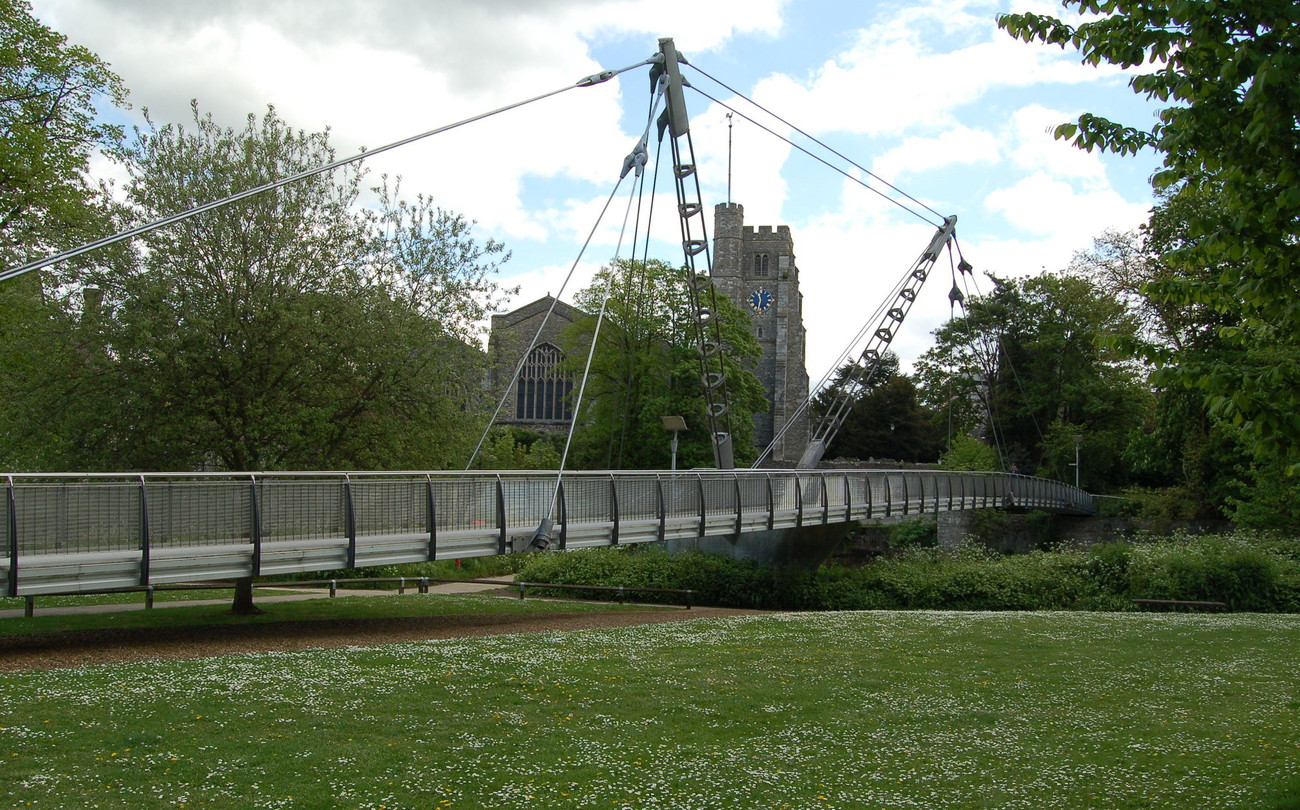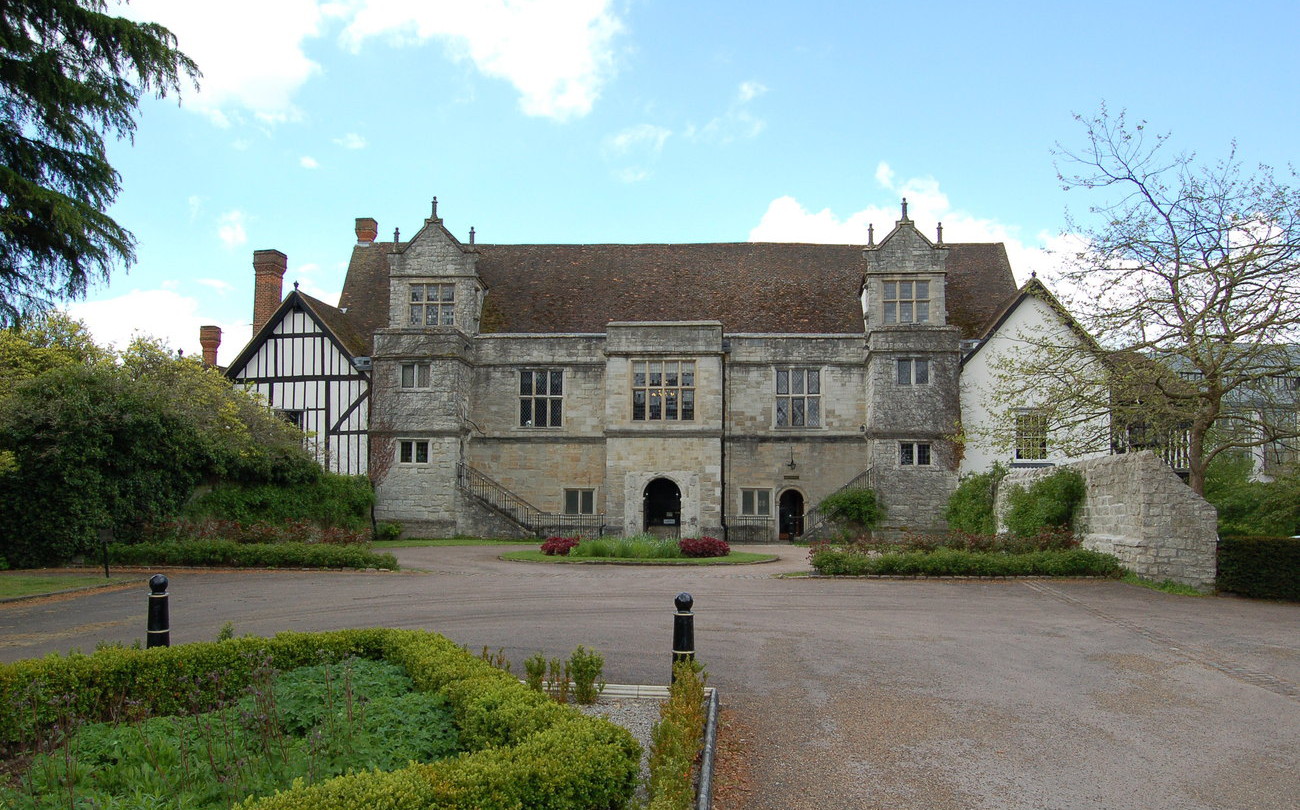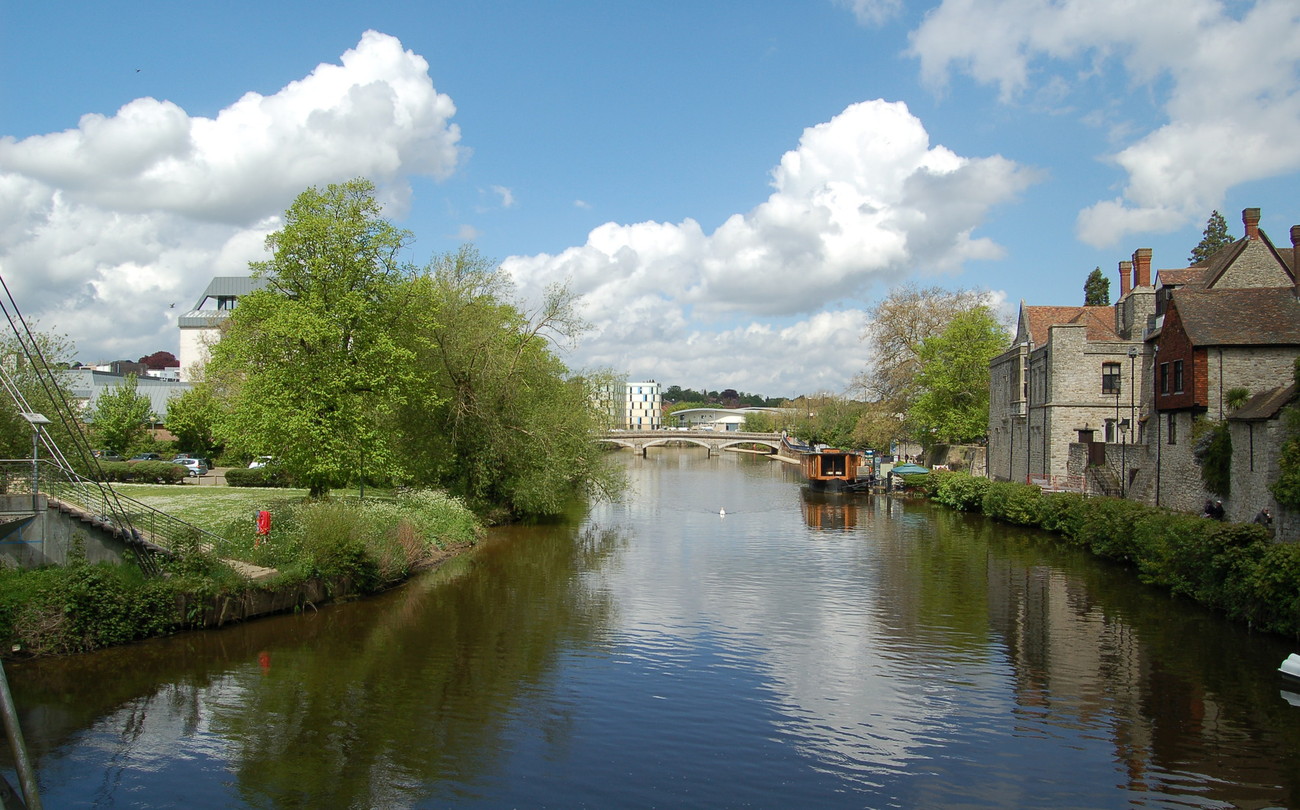Ancient woodland and development issues

Natural England and the Forestry Commission publish guidance notes on Ancient Woodland and Veteran Trees. This guidance is considered by local planning authorities when deciding whether to grant planning permission and it should therefore be looked at by planning applicants where there is potential loss of, or damage to, ancient woodland.
The starting position given in the National Planning Practice Guidance is that ‘planning permission should be refused for development resulting in the loss or deterioration of irreplaceable habitats, including ancient woodland (i.e. land that has been wooded continuously since 1600) and the loss of aged or veteran trees found outside ancient woodland, unless the need for, and benefits of, the development in that location clearly outweigh the loss.’ In particular veteran trees are ones which are, because of their age or size, considered irreplaceable.
Clearly this is not a favourable starting position for planning applicants, as they will need to show that the other factors in favour of the development outweigh the loss of woodland. Applicants would do well to consider at an early stage whether the development scheme can be redesigned in order to avoid the ancient woodland, thereby creating a buffer zone between the development and the woodland. If it cannot be avoided the applicant may have to consider implementing other mitigating measures, such as erecting screening barriers to protect the woodland from dust, noise and other pollution. The applicant could also consider planting, restoring or replacing alternate woodland as a form of compensation for the woodland’s destruction.

 Close Menu
Close Menu




















